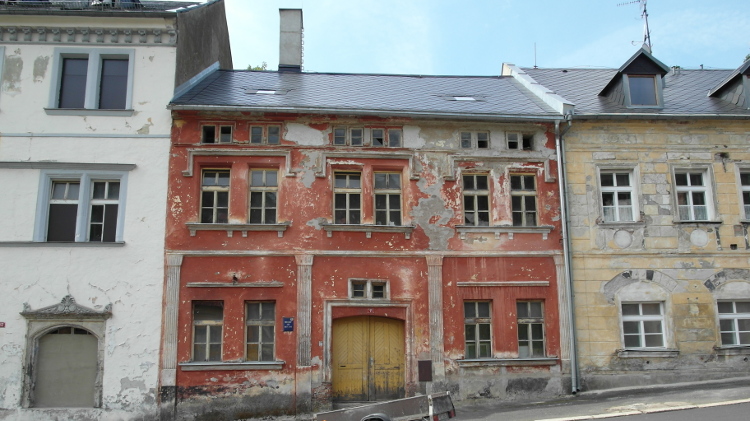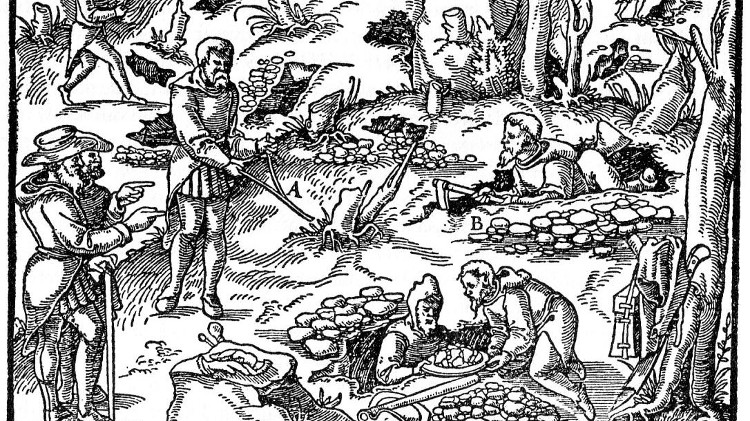Gerald Priest and George Esterer, a family friend, at the ghost town of Wernecke Camp. Bob Stodard
Stealing gold-bearing ore is relatively easy and common. You can hide a rock with high-grade gold in the palm of your hand. But theft of silver ore is almost unheard of: How do you hide boulders of the stuff? Because that is what you would need to make its theft worthwhile. In the early 1960s, circumstances converged for a group of miners in a sleepy Yukon mining town to make such a proposition irresistible. What resulted was one of the most audacious Canadian mining thefts in history.
At the time, United Keno Hill Mines Ltd. (UKHM) operated a profitable silver mine in Elsa, Yukon, an isolated company-built town of about 600 souls. The mine was renowned for its rich silver veins including one called the Bonanza Stope that yielded 4.5 million ounces of silver over the course of the roughly three years it was mined. Some geological goblin had saved the vein’s best for last: a 2,500-short ton peach that produced astonishing assays of up to 7,500 ounces of silver per ton.
In 1961, over the course of several weeks, two miners began making nightly excursions into the stope during the four “dead” hours between the day and night shifts. Soon, they had squirreled away in a dark recess of the mine close to 70 tons of ore worth $2 million at today’s silver prices.
Later, joined by my father, Gerald Priest, they raced to move the ore to a roadside ditch obscured by willow scrub on the opposite side of a hill near the mine after word spread that regular mining operations were to resume near the cached ore.
Then the hard mental work of how to sell the pilfered rock began. My dad, UKHM’s chief assayer, and Anthony Bobcik, an underground miner turned assay office worker, hatched a plan. Dad got a local prospector to sell him the rights to mine silver and other precious metals in an area northeast of Elsa known as the Moon mineral claims. Bobcik, meanwhile, registered a new company called Alpine Gold and Silver Ltd.
Soon thereafter, Dad bought a snowmobile and began regular trips “hauling ore” between his distant Moon claims and the roadside cache. Of course, the ore was already in place and the snowmobile was all for show.
In early June 1963, three White Pass and Yukon Route transport trucks arrived to haul the ore to Whitehorse where it would then travel by rail to Skagway, container ship to Vancouver, and rail again to a smelter in Helena, Montana.
One truck driver bumbled the getaway. Instead of skirting Elsa on a side road, he stopped in town for cigarettes, coffee and directions, where UKHM mine manager Al Pike spotted the loaded truck.
Pike’s sighting triggered a costly police investigation and the longest preliminary hearing in Yukon history. It also resulted in two trials, during which Dad and Bobcik stood accused of attempting to sell ore they could not prove was theirs. It was an odd charge, requiring the accused to prove their innocence rather than the Crown proving their guilt. The charge would later be stricken from Canada’s criminal code for violating the Charter of Rights and Freedoms.




